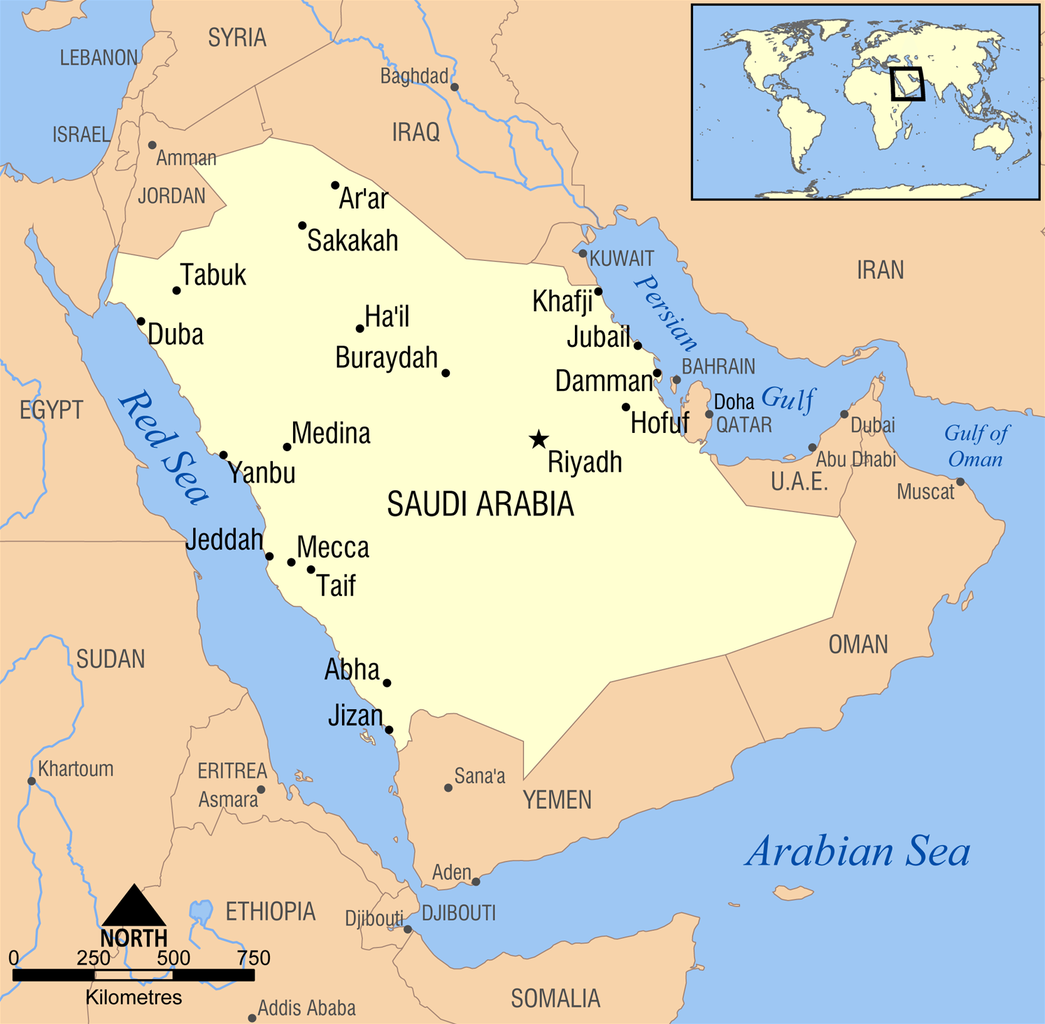
I spent 12 days in Ghana, specifically in Accra, Kumasi, Cape Coast, and Mole National Park. These are my notes, though this essay is more like Notes on Saudi Arabia with a bigger emphasis on the history of Ghana than my travel experiences.
Ghana has a reputation for being the “easy mode” of West African travel, in contrast to Nigeria being “hard mode.” Ghana speaks English, is a democracy, has been politically stable for 30+ years, has little ethnic tension, low crime, and is one of wealthiest per capita West African states. Altogether, this makes Ghana the (relative) success story of West Africa and I wanted to find out how that happened. A quick rundown of sources:
First, as mentioned in previous essays, Martin Meredith’s Fate of Africa: A History of the Continent Since Independence is an amazing overview, and particularly useful for understanding Ghana’s first prime minister, Kwame Nkrumah.
Second, Jeffrey Herbst’s The Politics of Reform in Ghana, 1982-1991 is a lot less dry than it sounds, and is my main source for Ghana’s second key leader, Jerry Rawlings.
Third, I used a pair of interviews: Jerry Rawlings in 2015 and Corporal Matthew Adabuga in 2018, a former Rawlings bodyguard who wrote a tell-all memoir about Rawlings. Both interviews are fascinating and I highly recommend listening to them if you find the history here interesting, especially since Rawlings’s interview is obviously self-serving, and Adabuga’s claims are suspect, to say the least. Highlights include the (excellent) interviewer asking Adabuga, “do you take delight in killing?” and “why did you kill so many people?,” to which Adabuga responds at one point, “I have never killed anybody physically like that without any cause.”
Other smaller sources: The Legacy of J.J. Rawlings in Ghanaian Politics, 1979-2000, The Rawlings’ Factor in Ghana’s Politics: An Appraisal of Some Secondary and Primary Data, Dead Aid: Why Aid is Not Working and How There Is A Better Way for Africa, a 1985 letter from the Ghana Congress of USA and Canada to the CIA, Ghana’s Foreign Policy Under Jerry Rawlings by Lucy Ansah, Kovsie Journals’s “a comment on frank gerits’ incorrect,” along with various Wikipedia entries and random articles I’ll link directly in the essay when relevant. Continue reading “Notes on Ghana” →










